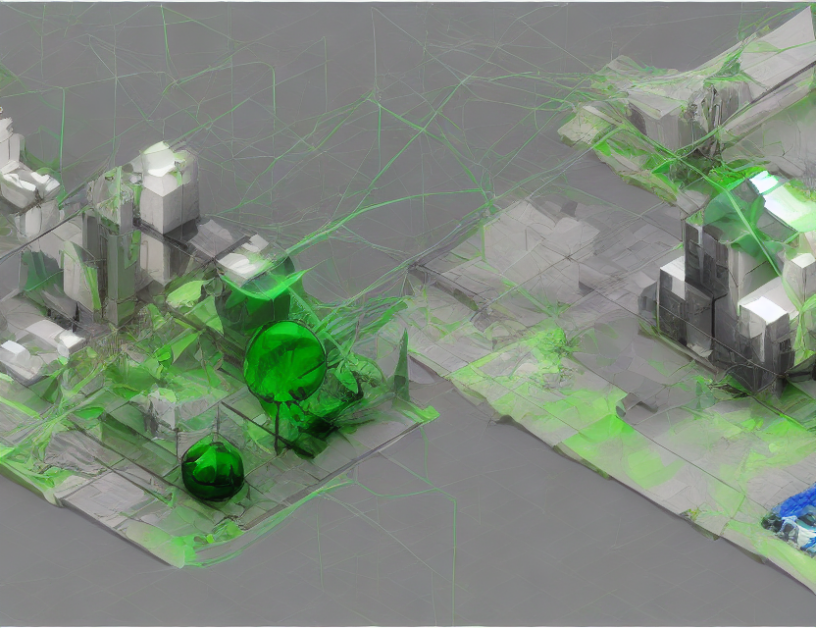Understanding Graph Injection Attacks and Adversarial Camouflage
Graph injection attacks are a type of cyber attack where an adversary manipulates the structure of a graph, such as a social network or a recommendation system, to influence the outcome of a task. These attacks can be difficult to detect and mitigate, but recent research has proposed new techniques for improving the resilience of graphs against these types of attacks.
One approach to defending against graph injection attacks is to promote unnoticeability, which involves making the attacker’s actions less noticeable within the graph. This can be achieved through various techniques, such as adding noise to the graph or using encryption to hide sensitive information.
Another approach is to use adversarial camouflage, which involves adding noise to the graph in a way that makes it difficult for the attacker to distinguish between the genuine and manipulated parts of the graph. This can be particularly effective against graph injection attacks that rely on complex patterns of node insertion or deletion.
Research has shown that these techniques can be effective in improving the resilience of graphs against graph injection attacks, with some approaches demonstrating a significant improvement in detection accuracy. For example, one study improved baselines by 760% and 530% on two benchmark datasets using a method that promotes unnoticeability.
However, it is important to note that these techniques are not foolproof and can have limitations depending on the specific graph structure and attack scenario. Therefore, it is essential to carefully evaluate the effectiveness of these approaches in different contexts and to continue researching new techniques for defending against graph injection attacks.
In summary, graph injection attacks are a serious threat to many applications, but recent research has proposed new techniques for improving the resilience of graphs against these types of attacks. By promoting unnoticeability or using adversarial camouflage, it is possible to make graphs more resistant to manipulation and maintain their integrity in the face of cyber threats.
Computer Science, Machine Learning
Evasion and Poisoning Attacks on Node-Aware Bi-Smoothing Classifiers: A Certifying Condition



